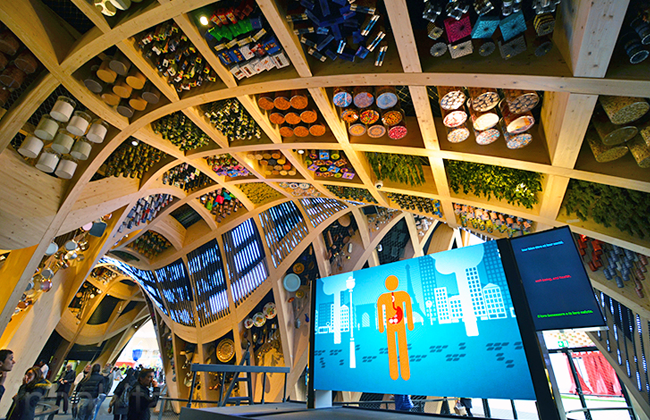Project Experience

Expo Milano 2015, French Pavilion
How can we feed the world, today and tomorrow? How can we ensure adequate food for mankind that is of good quality and healthy in the long term? The French Pavilion focused on this central issue posed by Expo Milano 2015, with a commitment to participate fully in the discussion, providing answers based on its capabilities and points of excellence.
The interpretation is based on four pillars: contributing to global food production, through the potential of France’s productive infrastructure; developing new food models, to address the need for better production; improving self-sufficiency in developing countries, with a policy of skills and technology transfer; and aligning quantity with quality in all areas, be they health-based, nutritional or culinary. At the Universal Exposition, France presented a full array of its renowned and unique distinguishing features, especially its know-how in land management and agriculture, which already allow its brands to be present in all markets of the world. The building, made mainly of laminated wood, spread over a 3,592 square-meter space, was inspired by the covered market, a symbol of French food culture. The pavilion takes its inspiration from the fact that traditional markets are located in many cities of France, which clearly represent the overall theme of Expo Milano 2015, with an emphasis on food security, access to food and the element of food quality.
In consortium with the architect agency X-tu and Adeline Rispal for exhibition design, Lord Cultural Resources was asked to develop the visitor experience, the key messages and the contents of the permanent exhibition outside and inside the French Pavilion. Our scope of work included the organization of 20 meetings and workshops with scientists and partners of the French Ministry of Agriculture to determine and detail the topics and objects that were shown in the pavilion.
